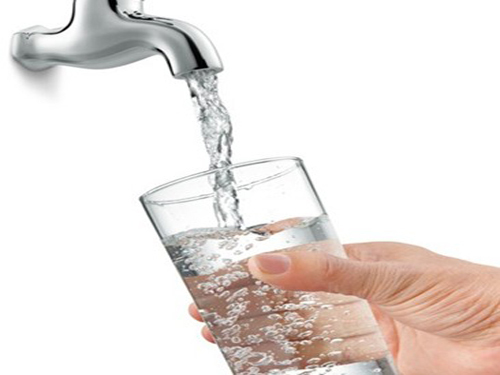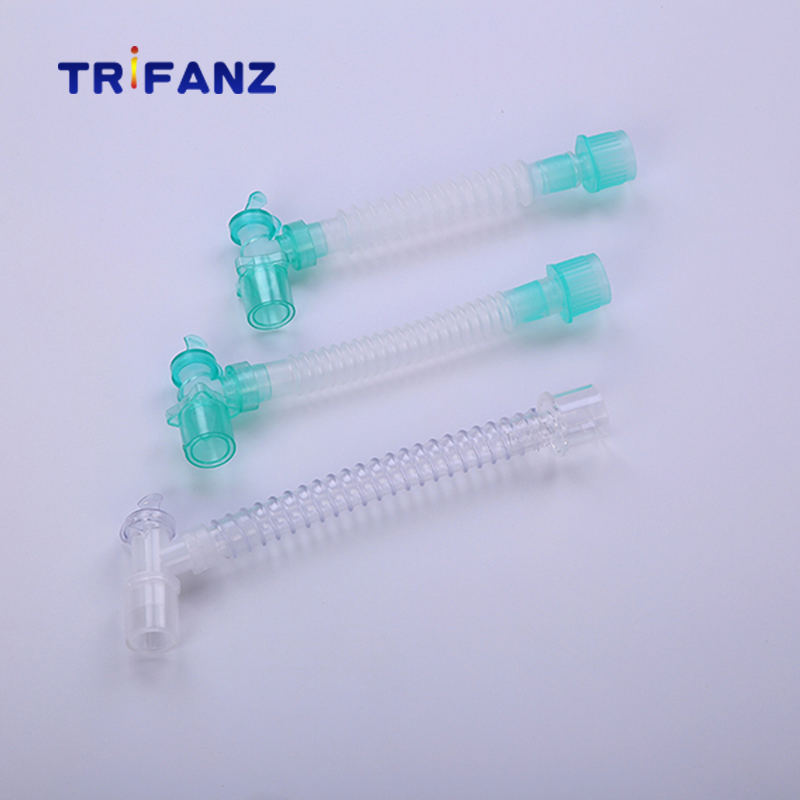
Recently, CCTV reporters and professional research institutes have detected some of China's surface water samples and found that the antibiotic content is alarming. Even tap water in Nanjing homes has antibiotics detected. The reporter discovered during an unannounced visit that “Shandong Lukang Medicine†has spilt antibiotic wastewater in large quantities on the Beijing-Hangzhou Grand Canal, 10,000 times the concentration of supernatural water bodies. Nanjing Water Group responded that at present, the water supply is up to standard, and the national drinking water standards do not have antibiotic detection standards. Generally, local water utilities have no equipment and equipment to detect antibiotics in water.
The issue uncovered by CCTV’s unannounced visits was not surprising. At the beginning of this year, an article in the “Science Bulletin†pointed out that about 68 kinds of antibiotics in China have been detected in the surface water environment, and some water bodies have been detected with antibiotics. Concentrations of up to several hundred nanograms per litre, some antibiotics detected in the Pearl River, Huangpu River and other places as high as 100%, some antibiotics detected concentrations as high as several hundred nanograms per litre, industrially developed countries are less than 20 nanograms .
The reason why this problem occurs is related to the current domestic abuse of antibiotics. The abuse of antibiotics is a problem that has been criticized in China's medical and health industry. The per capita annual consumption of antibiotics in China is around 138 grams - a figure ten times that of the United States. In the aquaculture industry, the abuse of antibiotics is equally serious. China produces approximately 210,000 tons of antibiotic raw materials each year. Nearly half of these antibiotics are used in animal husbandry, and the amount of veterinary antibiotics far exceeds the need for animal diseases. A large number of antibiotics are circulated through the food chain, discharged into the natural world, and infiltrated into the drinking water, thus bringing great security risks.
Antibiotics contaminate drinking water sources, the situation has been so serious, but more serious is the gap in response measures. As disclosed by the Nanjing Water Affairs Department, due to the lack of national standards, there is clearly a hidden danger of antibiotics containing tap water, even if it is up to the standard, the water sector has never detected this. As for antibiotic production companies such as Lukang Pharmaceutical, wastewater discharge has not been strictly monitored. For the aquaculture industry, there are few cases of unregulated antibiotics being investigated. Such a large-scale "undefense" is undoubtedly the abandonment of public health security duties.
Judging from international experience, it is technically very difficult to eliminate antibiotic residues from sewage treatment. The best way is to control it from the source. For example, in recent years, developed countries in Europe and the United States have constantly upgraded the "restriction of resistance" of the aquaculture industry. In 2006, the European Union totally banned the use of auxin and antibiotics in feed. The United States has prohibited the use of animal feed for three years from 2014. Antibiotics.
For our country, the primary task at present is to thoroughly investigate the status quo of antibiotic-polluted water bodies and to study the possible environmental and public health risks associated with antibiotic residues in water bodies. Then there are targeted and come up with a solution. Including curbing the misuse of antibiotics in the medical industry, improving the mechanism for the recovery of expired drugs, establishing stricter regulations for the use of aquaculture medicines, seeking alternative measures for antibiotics, strictly controlling the discharge of pollutants from pharmaceutical companies, and improving monitoring and monitoring of water quality.
Contamination of drinking water with antibiotics can not be just a story in the laboratory. It can not only appear in scientific papers. It is an irresistible responsibility of the government departments to actively resolve this social risk.
Breathing Circuit- Catheter Mount
A range of catheter mounts and elbows for connecting the patient to the breathing system. Catheter mounts are available in three types of tube: Corrugated, Smoothbore or expandable.
Catheter Mounts are of great use to add ` extra length` to the breathing system when needed.
Trifanz manufactured catheter mount is compatible with all Breathing and Ventilator circuits. Catheter Mounts is connected between the patient and the breathing system.
The catheter mount with double swivel connector and flexible tubing provides mobility and flexibility to the patient end of the circuit. The catheter mount is used as an intermediary connection between the patient and the breathing system.
These tubes have a minimal compliance with low dead space volume.
The catheter mount is fitted with a double swivel connector and flexible tubing.
Each catheter mount has a 22 mm female / 15 mm male end to connect to the breathing system and 15 mm female end to connect to the Endotracheal tube or laryngeal mask. The length of the tubing is around 13 cm.

Elbow Catheter Mount,Straight Catheter Mount,Expandable Catheter Mount,Breathing Circuit-Catheter Mount
Hangzhou Trifanz Medical Device Co., Ltd , https://www.cfzmed.com